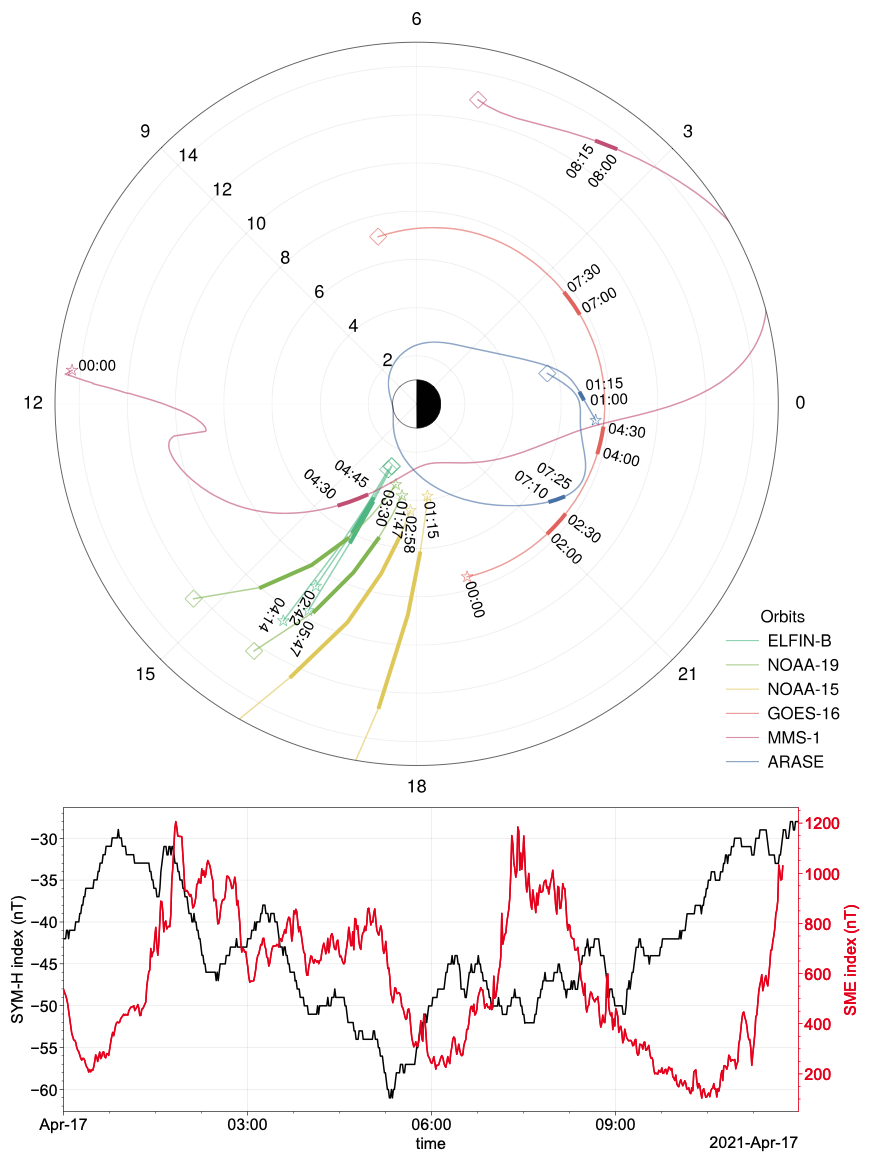ELFIN captured a significant ~4-hour episode of continuous EMIC-driven electron precipitation. This appears to be influenced by electron scattering caused by both whistler-mode and EMIC waves. Interestingly, despite this scattering, the predominant factor remains electron acceleration through whistler-mode waves, largely driven by substorm injections. The increase in electron fluxes during the storm, as recorded by ELFIN and ERG, aligns well with our analytical flux model. The first figure in the paper comprehensively presents all the observations we used, while the concluding figure distinctly shows the impact of electron acceleration on flux enhancement.
